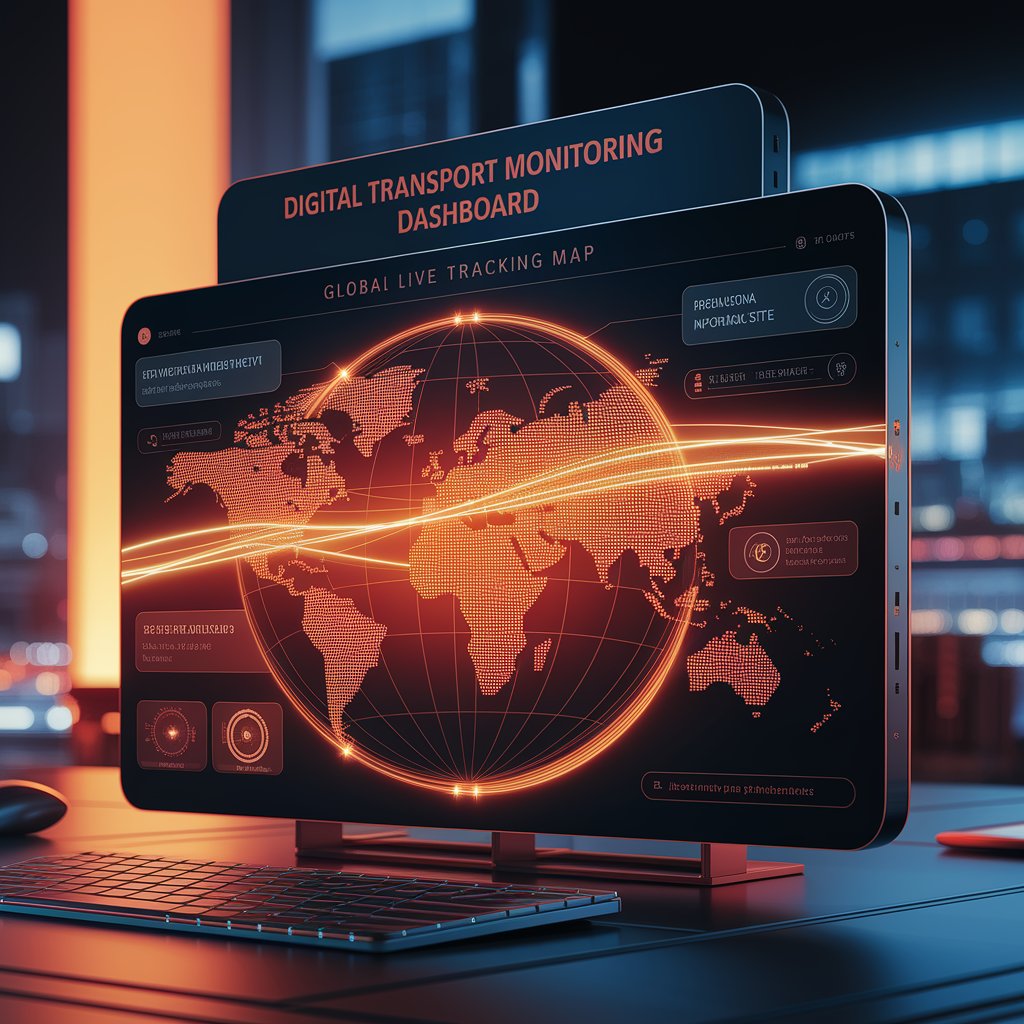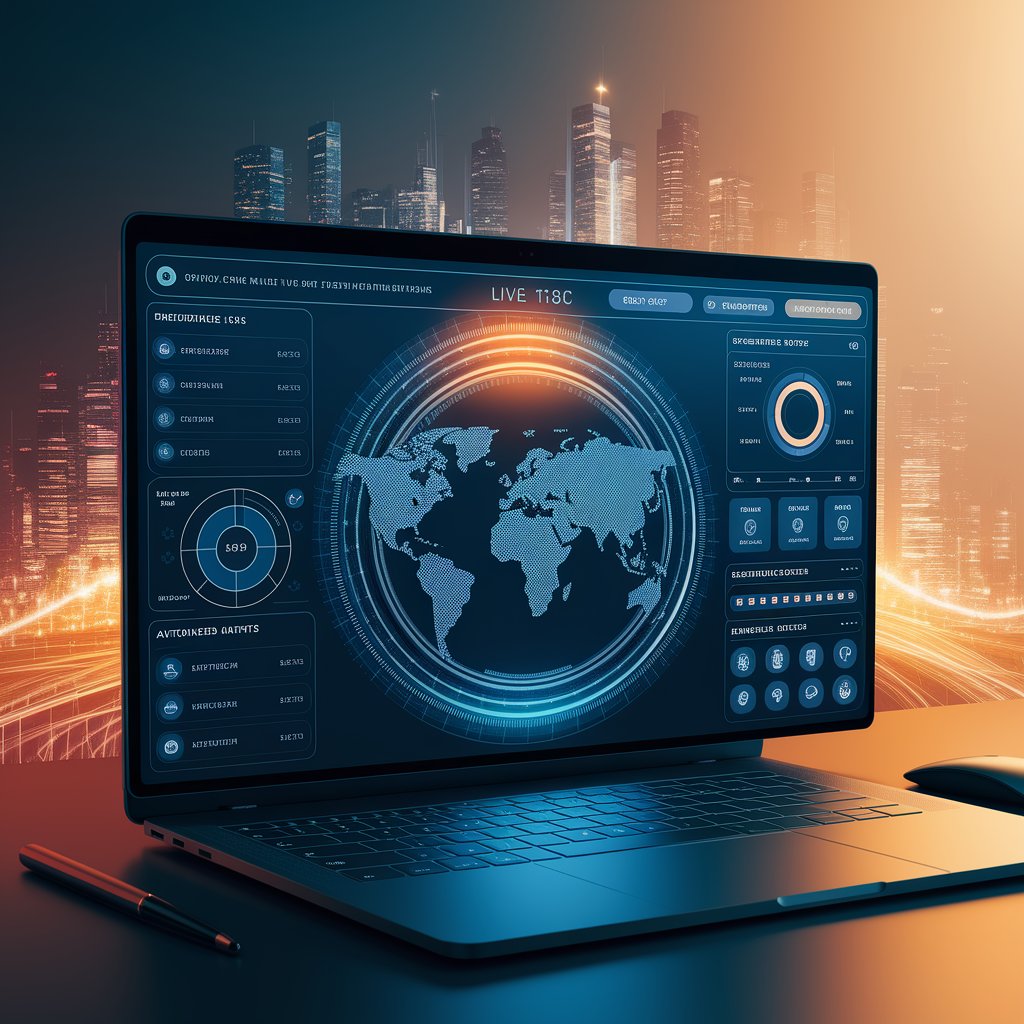Digital Transport Monitoring: Real-Time Visibility for Smarter Logistics

Introduction
Linbis solves this challenge with digital transport monitoring, a connected system that unifies all transport data — across air, sea, and land — into one intelligent platform.
With Linbis, logistics teams gain instant insights, predictive alerts, and automated decision-making, all powered by data and AI.
Step 1: Full Transport Data Integration
The foundation of digital transport monitoring is connectivity.
Linbis integrates with every source of logistics data to create a unified ecosystem:
- TMS and ERP systems for order and carrier data.
- GPS and IoT sensors for real-time vehicle tracking.
- Port, terminal, and customs systems for visibility across borders.
- External data streams like traffic, weather, and trade disruptions.
This constant data synchronization gives companies a single source of truth across their logistics operations.
Step 2: Real-Time Tracking and Event Management
Linbis delivers live shipment visibility at every stage:
- Tracks vehicle and container positions in real time.
- Monitors route deviations, stops, and idle times.
- Provides event-based alerts when milestones are reached.
- Displays all movements in an interactive global map dashboard.
Every shipment, asset, and carrier can be tracked automatically — no calls, no spreadsheets, no guesswork.
Step 3: Predictive Monitoring and AI Analytics
Beyond real-time data, Linbis applies AI models to predict what’s coming next:
- Forecasts ETA deviations and delivery risks.
- Detects delays caused by traffic or weather.
- Anticipates capacity shortages or congestion.
- Suggests rerouting or scheduling adjustments proactively.
AI transforms monitoring from reactive oversight to proactive logistics management.

Step 4: Automated Alerts and Notifications
Linbis ensures no one misses critical updates through automation:
- Instant alerts for late shipments or performance deviations.
- Customer notifications when deliveries are confirmed.
- Operations warnings for carrier or customs delays.
- Multi-channel communication via email, SMS, and dashboards.
This guarantees transparent communication and faster response times.
Step 5: Smart Dashboards and KPIs
All transport activity is visualized through digital monitoring dashboards:
- Global map interface showing active shipments.
- Performance KPIs such as on-time delivery, transit time, and cost.
- Fleet and carrier utilization charts.
- Sustainability metrics for CO₂ emissions and fuel efficiency.
Managers can view operations at a glance — and drill down into details instantly.
Step 6: Automation and Workflow Integration
Linbis connects monitoring intelligence with automated workflows:
- Triggers billing and invoicing when shipments are completed.
- Updates ERP and CRM systems automatically with delivery data.
- Generates performance reports for management review.
- Initiates claims or exceptions workflows when delays occur.
This creates a seamless bridge between visibility and action — turning monitoring into operational automation.
Step 7: Continuous Learning and Optimization
Each shipment adds intelligence to Linbis:
- Learns from delivery data to improve ETA prediction accuracy.
- Identifies recurring inefficiencies or carrier issues.
- Recommends new automation rules for optimization.
- Enhances dashboards and alerts based on user activity.
Linbis evolves continuously — ensuring smarter logistics with every shipment.

Advanced Features
- Real-time transport tracking and alerts.
- Predictive ETA and disruption analytics.
- AI-powered performance optimization.
- Cross-platform automation and integration.
- Data-driven dashboards for visibility and KPIs.
Real-World Example 🚛
A multinational forwarder implemented Linbis digital transport monitoring across 12 countries to centralize visibility.
After 4 months:
- Manual status updates dropped by 90%.
- ETA accuracy improved by 38%.
- Customer inquiries reduced by 50%.
Now, they operate a connected, predictive logistics network — powered by automation.

Benefits 📈
- Visibility: Track all shipments globally in real time.
- Efficiency: Eliminate manual monitoring tasks.
- Predictability: Anticipate and resolve disruptions early.
- Control: Automate communication and workflows.
- Scalability: Expand monitoring across all transport modes.
Conclusion
With digital transport monitoring, Linbis enables logistics companies to evolve from tracking shipments to managing intelligence.
By merging AI, automation, and real-time data, Linbis creates a transport ecosystem that predicts, adapts, and optimizes performance automatically.
In logistics, visibility isn’t just about knowing where things are — it’s about knowing what happens next.
